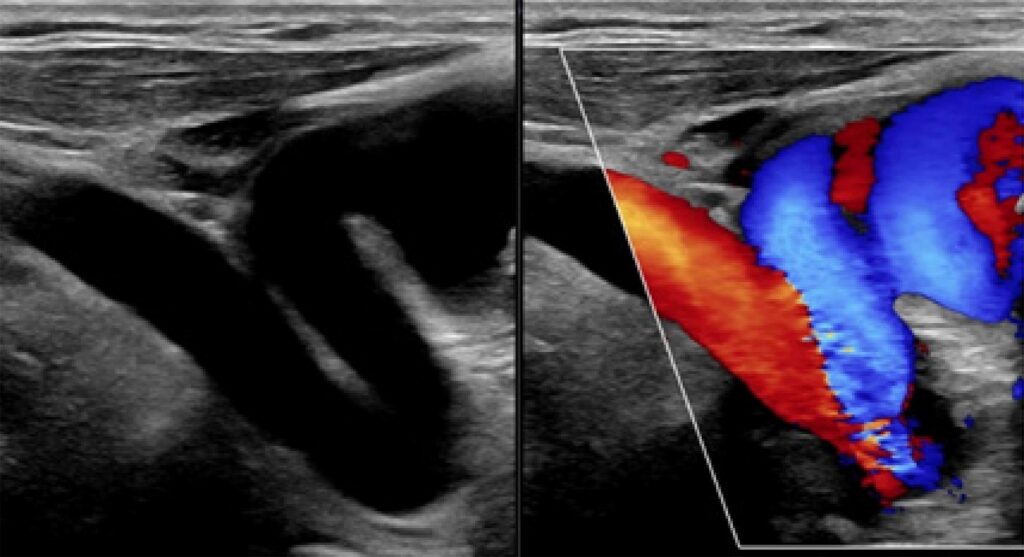Arq. Bras. Cardiol. 2024; 121(7): e20230520
Transient Ischemic Attack in a Patient with Vascular Kinking of the Subclavian and Right Common Carotid Arteries – A Case Report
Introduction
Vascular kinking is a vascular angular change where an acute angle is formed in an artery. Both embryogenic and acquired causes can lead to this change. Studies indicate that atherosclerosis, hypertension, and aging are significant contributors to carotid abnormalities. Other factors such as trauma, congenital causes, or inflammatory diseases are uncommon and typically associated with atherosclerosis. Congenital factors may manifest clinically later in life, being exacerbated by conditions like systemic arterial hypertension (SAH), diabetes mellitus (DM), dyslipidemia, smoking, rheumatological disorders, and heart diseases.
There are two types of kinking. The first one being congenital, most prevalent in women in their late 40s and early 50s, being clinically significant in advanced age. The second type is linked to atherosclerotic risk factors, such as SAH, dyslipidemia, DM, and smoking. However, determining the exact role of carotid abnormalities in causing ischemic symptoms is challenging due to their frequent association with atherosclerotic lesions in vessel walls.
[…]
802

